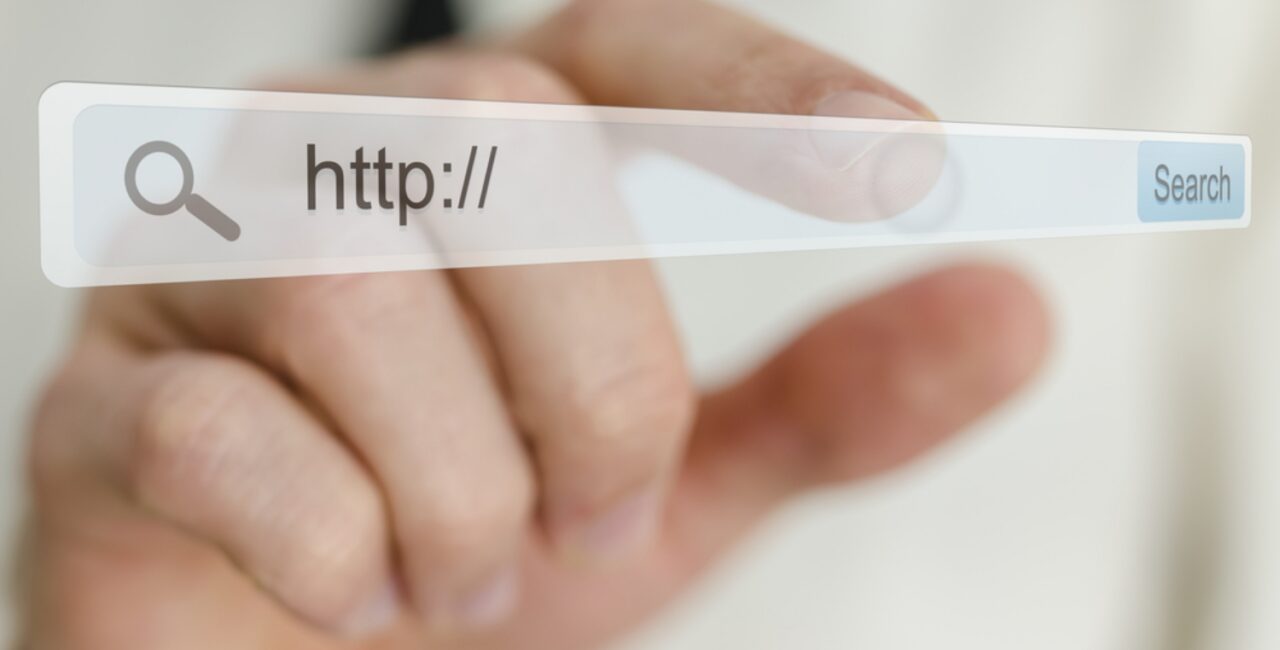Website Accessibility: the What, Why, & How
Web accessibility is crucial in this day and age, especially when almost all avenues of business and needs are online in some way or another. However, shockingly, less than 1% of the top million websites are accessible to the disabled people that need to use them. Over 26% of adults in the US live with a disability, meaning web accessibility is far more significant than you might think.
To understand what you need to do for website accessibility, you have to understand the root of why it’s essential and what the most common areas of poor website accessibility are. For businesses and folks with disabilities, there’s a lot to be lost when a company doesn’t make its sites accessible!
Let’s dive into the “what and why” first.
What is Website Accessibility & Why it’s Vital
Accessibility is defined on Wikipedia as “the design of products, devices, services, or environments for people who experience disabilities.” So accessibility is necessary for all aspects of life, and we have a particular focus on website accessibility.
What Types of Disabilities Your Website Should Accommodate for
There are three easily defined categories:
Permanent Disability
- Deafness, blindness, comprehension disorders, motor skill degradation, and other disabilities affect daily life and force users to regularly make their own accommodations.
Temporary Disability
- As it says in the name, it’s not permanent. This one could be a broken hand or temporary sensitivity to light from a visit to the eye doctor; those sorts of things.
Situational Disability
- This could be an old device, a small screen size, a light glare on a device outdoors, a poor internet connection, and so on.
If you don’t optimize your website for all of these things, it simply isn’t accessible for everyone. And while this may seem like a tall order, it can be more manageable when your dev team has a unified goal in mind, and everyone works together toward it.
What Makes a Website Poorly Optimized
1. Poor Color Contrast
The first thing you see on a website is its layout and its colors. Unfortunately, if those colors are blaring, overwhelming, or lack contrast, people with poor vision, color blindness, or those who land somewhere on the autism spectrum may immediately struggle to navigate your website.
2. Keyboard Limitations or Traps
Folks with poor motor skills or who need to avoid using a mouse for whatever reason will struggle if there’s no way to navigate your site using keyboard motions or where there might be traps that get their focus point stuck, such as a dialogue box.
3. Missing Visible Focus & Confusing Tab Order
If your tabs aren’t ordered in the code the way they’re ordered on your site, people who use assistive technology or keyboards alone may struggle to navigate your site. So check the order and focus when using mouseless tools; ensure users can reach all visible tabs clearly and easily.
4. Lacking Alt Text for Non-text Content
For those who use screen readers like people with vision impairments, a picture or visual offer on your website may be missed entirely if there’s no alternate text describing the graphic.
There are many more ways sites can lack optimization, but these are the most prevalent. You cut your audience margin by a sizeable amount from not enabling screen readers or mouseless users to navigate efficiently!
Why do all this?
Website accessibility for businesses means ensuring that anyone who needs access to their goods and services can browse through or reach those goods and services in a way that doesn’t require excessive help from others or too much use from special software.
When you consider all the business you’re losing and all the good you could be providing someone with a disability, it becomes clear that the “why” is very straightforward. Everyone deserves equal access and opportunity, and businesses will open their digital doors to an even wider audience when they make their website more accessible.
Then Comes the Hard Part: the How
Website accessibility is not easily defined as one catch-all solution, especially in the Web Content Accessibility Guidelines (WCAG) 2.0. It takes time, work, and commitment to do more for your customers. But, ultimately, everyone benefits from a site that employs ease of access!
Ways you can make your site more accessible can be summarized via the principles of POUR. That is, your website content must be:
- Perceivable by those with impairments, from color contrast to design layout;
- Operable by a keyboard and not a mouse alone;
- Understandable and/or easy to translate from plain English; and
- Robust, or accessible for things like mobile devices or screen readers.
When you employ these essential and easy-to-remember points, you can reference them to check all facets of your website’s accessibility features in the code and during testing on devices.
As far as the nitty-gritty of how this is done, it’s best to consult or hire a web developer for that sort of thing. Coding and programming is not an easy feat to learn; thus, it proves their value to businesses and commerce as a whole.
When you keep in mind the essentials of web accessibility guidelines and follow the POUR anagram, you’ll be well on your way to setting your website up on the path to offering equal access to all people, no matter their circumstances.
What You Can Do
If you’re the tech-savvy type and you know your way around your website’s code, dive in and find references that may help you optimize your site for users from all walks of life. If you’re less tech-savvy, consider a team of web designers that can help you create a website that’s seamlessly accessible to all users.
No one should struggle to have their needs met, not when we have so much innovation at our fingertips. Your business will thrive with increased accessibility, and so will the people using it.


